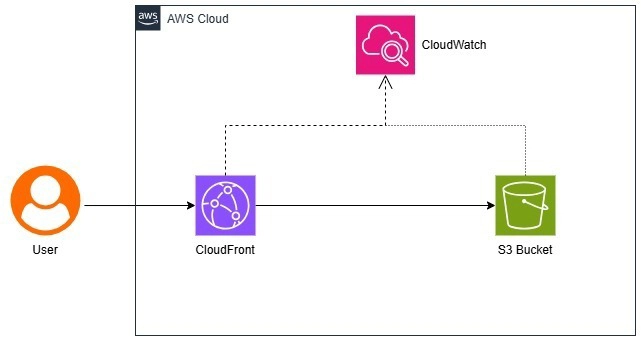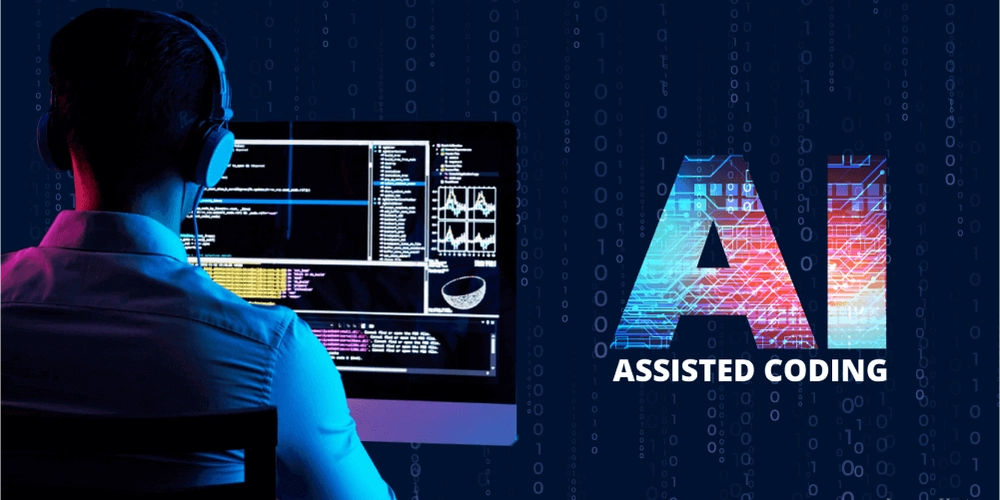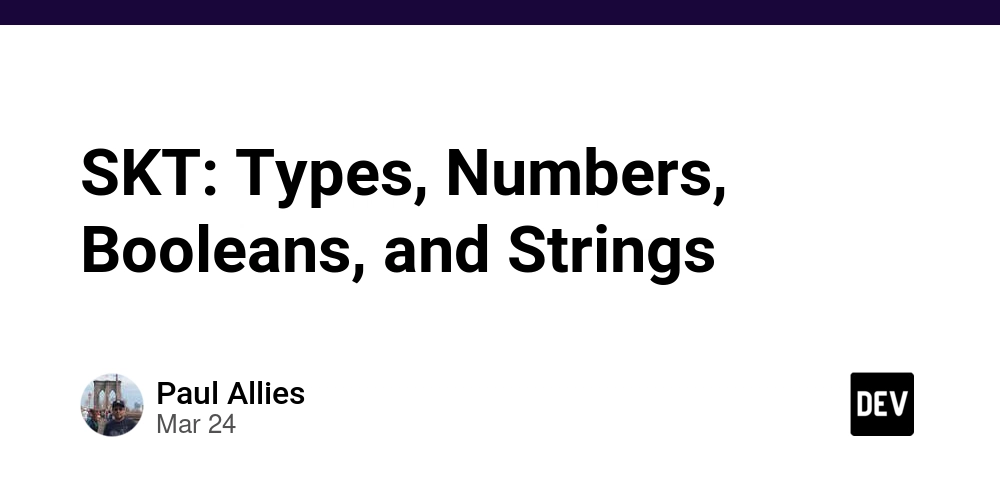Introduction to Machine Learning for Everyone!
Machine Learning: Supervised and Unsupervised Learning As defined by Arthur Samuel, machine learning is a field of study that allows computers to learn without being explicitly programmed. This enables computers to make predictions and decisions based on data. Supervised Learning Supervised learning refers to algorithms that learn from labeled data, mapping input (X) to output (Y). This means the algorithm is provided with examples to learn from before making predictions. Supervised learning is categorized into two main types: regression and classification. Regression Regression is used when the goal is to predict a continuous number from infinitely many possible values. Example: House Price Prediction: Given features such as the size of a house, location, and number of rooms, a regression model can predict the price of the house. Weather Forecasting: Predicting temperature based on past weather data. Stock Market Prediction: Forecasting stock prices based on historical trends. Classification Classification, on the other hand, is used to predict categories, where the possible outputs are finite and limited. Example: Spam Detection: Classifying emails as spam or not spam. Handwritten Digit Recognition: Predicting a digit (0-9) from an image. Disease Diagnosis: Identifying whether a patient has a particular disease based on symptoms and test results (e.g., COVID-19 positive or negative). Difference Between Regression and Classification Regression Classification Predicts a continuous number Predicts categories Infinitely many possible outputs Small, limited set of possible outputs Example: Predicting house prices Example: Identifying spam emails Unsupervised Learning Unlike supervised learning, unsupervised learning works with data that has no labels. The algorithm must find patterns and structure in the data on its own. A key example of unsupervised learning is clustering. Clustering Clustering algorithms group data points into clusters based on similarities. Example: Customer Segmentation: E-commerce companies use clustering to group customers based on purchasing behavior. Social Media Analysis: Identifying communities of users with similar interests. Genetic Research: Grouping genes with similar expressions for medical research. Other Types of Unsupervised Learning Anomaly Detection: Used to detect fraud or unusual activity, such as spotting suspicious transactions in financial data. Dimensionality Reduction: Compresses data using fewer numbers, making it easier to analyze while preserving its essential structure. We will explore these types of supervised and unsupervised learning in detail in upcoming discussions. Machine learning is an expansive and captivating field with applications across nearly every industry. Stay tuned as we delve deeper into its concepts and real-world implementations!

Machine Learning: Supervised and Unsupervised Learning
As defined by Arthur Samuel, machine learning is a field of study that allows computers to learn without being explicitly programmed. This enables computers to make predictions and decisions based on data.
Supervised Learning
Supervised learning refers to algorithms that learn from labeled data, mapping input (X) to output (Y). This means the algorithm is provided with examples to learn from before making predictions. Supervised learning is categorized into two main types: regression and classification.
Regression
Regression is used when the goal is to predict a continuous number from infinitely many possible values.
Example:
- House Price Prediction: Given features such as the size of a house, location, and number of rooms, a regression model can predict the price of the house.
- Weather Forecasting: Predicting temperature based on past weather data.
- Stock Market Prediction: Forecasting stock prices based on historical trends.
Classification
Classification, on the other hand, is used to predict categories, where the possible outputs are finite and limited.
Example:
- Spam Detection: Classifying emails as spam or not spam.
- Handwritten Digit Recognition: Predicting a digit (0-9) from an image.
- Disease Diagnosis: Identifying whether a patient has a particular disease based on symptoms and test results (e.g., COVID-19 positive or negative).
Difference Between Regression and Classification
| Regression | Classification |
|---|---|
| Predicts a continuous number | Predicts categories |
| Infinitely many possible outputs | Small, limited set of possible outputs |
| Example: Predicting house prices | Example: Identifying spam emails |
Unsupervised Learning
Unlike supervised learning, unsupervised learning works with data that has no labels. The algorithm must find patterns and structure in the data on its own. A key example of unsupervised learning is clustering.
Clustering
Clustering algorithms group data points into clusters based on similarities.
Example:
- Customer Segmentation: E-commerce companies use clustering to group customers based on purchasing behavior.
- Social Media Analysis: Identifying communities of users with similar interests.
- Genetic Research: Grouping genes with similar expressions for medical research.
Other Types of Unsupervised Learning
- Anomaly Detection: Used to detect fraud or unusual activity, such as spotting suspicious transactions in financial data.
- Dimensionality Reduction: Compresses data using fewer numbers, making it easier to analyze while preserving its essential structure.
We will explore these types of supervised and unsupervised learning in detail in upcoming discussions. Machine learning is an expansive and captivating field with applications across nearly every industry. Stay tuned as we delve deeper into its concepts and real-world implementations!












































































































































































![[The AI Show Episode 142]: ChatGPT’s New Image Generator, Studio Ghibli Craze and Backlash, Gemini 2.5, OpenAI Academy, 4o Updates, Vibe Marketing & xAI Acquires X](https://www.marketingaiinstitute.com/hubfs/ep%20142%20cover.png)



























































































































![[FREE EBOOKS] The Kubernetes Bible, The Ultimate Linux Shell Scripting Guide & Four More Best Selling Titles](https://www.javacodegeeks.com/wp-content/uploads/2012/12/jcg-logo.jpg)



![From drop-out to software architect with Jason Lengstorf [Podcast #167]](https://cdn.hashnode.com/res/hashnode/image/upload/v1743796461357/f3d19cd7-e6f5-4d7c-8bfc-eb974bc8da68.png?#)





































































































.png?#)





.jpg?#)































_Christophe_Coat_Alamy.jpg?#)







































































































![Rapidus in Talks With Apple as It Accelerates Toward 2nm Chip Production [Report]](https://www.iclarified.com/images/news/96937/96937/96937-640.jpg)








































































































































